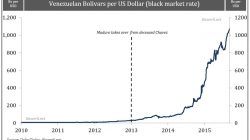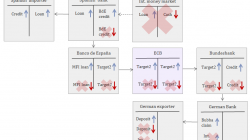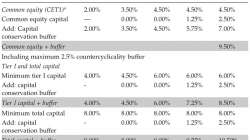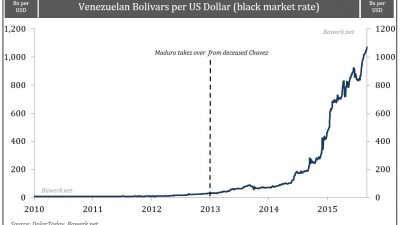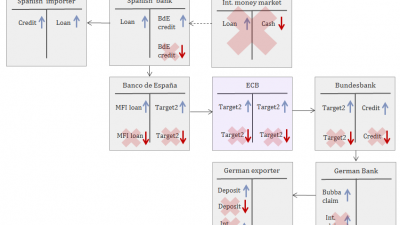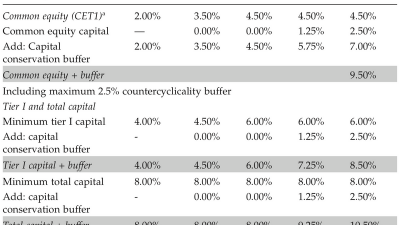As speculation swirls around the Federal Reserve’s exit strategy, analysts and investors alike are closely watching for any signs of forthcoming changes. The Fed’s approach to unwinding its massive balance sheet and raising interest rates will have reverberations across the economy and financial markets. Here’s why experts believe that the Fed will indeed alter its exit strategy in the near future.
Unprecedented Economic Challenges
The current economic landscape presents unprecedented challenges that require a reevaluation of the Fed’s exit strategy. With the lingering effects of the global pandemic, supply chain disruptions, and inflationary pressures, the Fed’s original plans may no longer be sufficient to address the evolving situation.
Rising Inflationary Pressures
One of the primary drivers behind the anticipated change in the Fed’s exit strategy is the persistent rise in inflationary pressures. As consumer prices continue to surge and inflation outpaces the Fed’s target, policymakers may need to recalibrate their approach to avoid overheating the economy.
Global Economic Uncertainty
Amidst geopolitical tensions and uncertainties in the global economy, the Fed must consider the broader implications of its exit strategy. With interconnected financial markets and trade relationships, any misstep in unwinding its accommodative policies could have far-reaching consequences.
The Impact of Unwinding Asset Purchases
As the Fed ponders unwinding its unprecedented asset purchases, the implications for bond yields, equity markets, and borrowing costs cannot be overstated. The gradual tapering of asset purchases will test the Fed’s ability to maintain stability and prevent disruptions in financial markets.
Reassessing Interest Rate Normalization
With interest rates at historically low levels, the Fed faces the challenge of normalizing rates without jeopardizing economic recovery. The timing and pace of rate hikes will be critical in striking a delicate balance between controlling inflation and supporting sustainable growth.
Communication and Forward Guidance
Effective communication and forward guidance will be essential components of the Fed’s revised exit strategy. Clear and transparent messaging from policymakers can help manage market expectations and mitigate volatility during the transition period.
Adapting to Changing Economic Conditions
Ultimately, the Fed’s decision to change its exit strategy will be guided by its mandate to promote maximum employment and stable prices. In an environment of evolving economic conditions and uncertainties, flexibility and adaptability will be key principles shaping the Fed’s future actions.
Conclusion
As the Fed navigates the complex challenges of the current economic environment, the need to reassess and potentially revise its exit strategy is becoming increasingly apparent. By staying attuned to changing market dynamics, inflationary pressures, and global uncertainties, the Fed can steer the economy toward a path of sustainable growth and stability.


